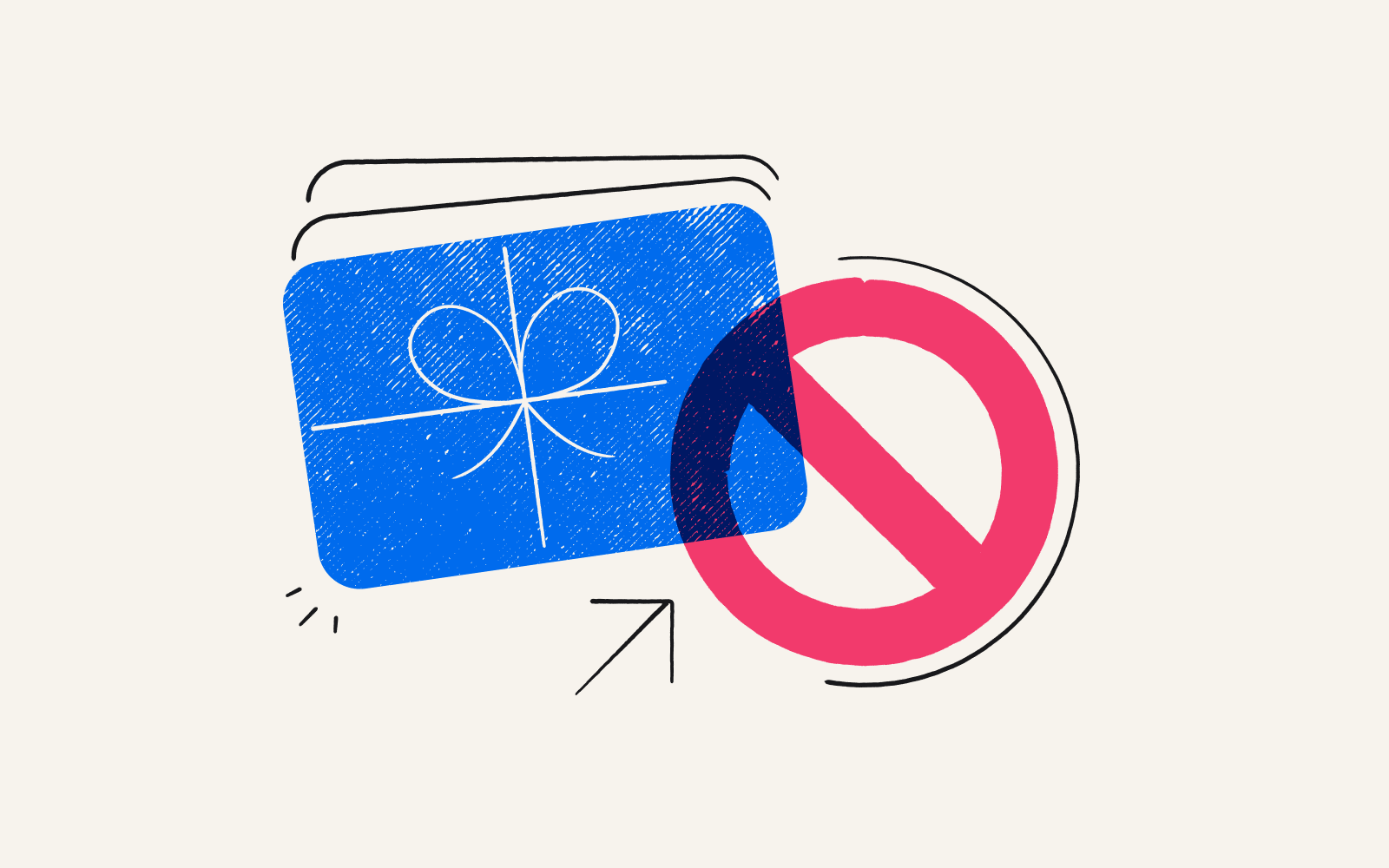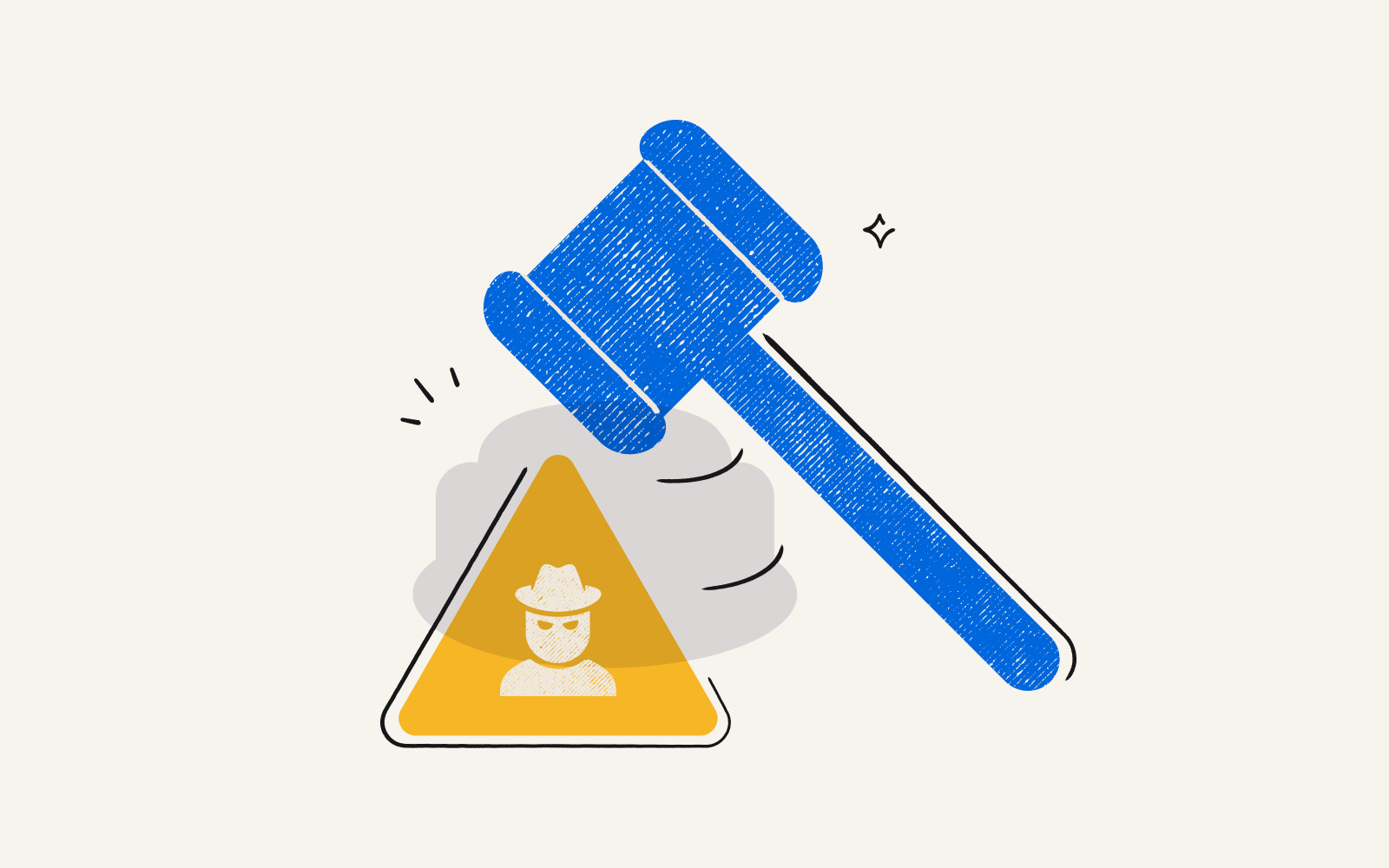How to prevent incentives fraud
By Aaron Small|5 min read|Updated Apr 26, 2024

Fraudsters are good at fooling businesses. They consistently refine their approach to stealing money, and their tactics are only getting more advanced.
What used to tip businesses off to a bad actor – poor grammar, typos, repetitive messages – are beginning to disappear as fraudsters integrate AI into their methods.
Increasingly, fraudsters are targeting businesses who send incentives and rewards.
Scammers fill out dozens of surveys with bogus data for the incentive money. They refer fake identities to get referral bonuses. They create hundreds of email addresses, posing as different people, to steal thousands in incentives from different programs, research studies, and companies.
Falling victim to fraud means wasting thousands of dollars of your incentives budget. And trying to curb the fraud problem with manual, ad-hoc methods is a time-consuming, demoralizing undertaking. Worse still, it’s a losing battle more often than not.
While the fraud problem is formidable, there are ways to stop it. Below, we’ll run through what incentives fraud is, how it typically works, and what businesses can do to put an end to it.
What is incentives fraud?
Incentives fraud is when bad actors use dishonest methods to steal incentives from companies for a profit.
This kind of fraud doesn’t just waste your business’s budget. It causes myriad problems, depending on the purposes of your program.
For research teams, fraudsters that pose as different people to fill out dozens of surveys flood your system with bad data. They sully survey results and ruin data integrity.
If scammers latch onto your referral program, they’ll refer fake identities for the bonus. This inflates your numbers, so it appears like your referral program is a roaring success, when in reality very few of your ‘new customers’ are real people.
Worst of all, when businesses actually discover the fraud, tracking down and blocking fraudsters takes hours. The uptick in fraud also breeds paranoia: how can teams be sure what data is reliable or which customers are real, and what’s actually the fallout of a spate of fraud?
How prevalent is incentives fraud?
The denomination of each individual incentive may be low, but annual losses can run into the millions when sophisticated hackers run their dark ops at scale.
As more and more brands integrate incentives into their marketing and research programs, scam rates have ticked up.
Our clients have seen up to 8% of their gifting, research, and incentive budgets stolen.
Looking broadly, companies on average lose 5% of their gross revenue to fraud each year. For many companies, that means millions. One of our clients reported losing $2.9M in 2023 to fraud alone.
The problem is pervasive across industries. Companies using incentives and rewards to bolster their marketing programs are being hit just as hard as companies who use incentives to recruit research participants for studies.
Businesses sending awards to class action claimants are likely seeing the worst of it, with nearly 50% of all class action payouts going to straight to scammers.
Common incentives fraud tactics
There are dozens of avenues scammers exploit to commit fraud. Below are some of the most common vectors impacting companies who send rewards and incentives.
Automated survey completes
Scammers set up multiple accounts to participate in a research panel. They then take the survey once, and record the answers. They teach a bot they’ve created to complete the same survey with random answers using each of the accounts they’ve set up. This results in dozens or hundreds of false survey responses for companies, and a significant payout for the scammer.
Brute force attacks
This scam involves a single fraudster joining several survey panels. They will use a sample username and password to join a panel, and hack one of the panel systems. The hacked credentials will then be used to join and submit fake data to several panels.
Multi-screening
This common form of fraud is when a single person submits survey responses for a bunch of different studies at once to avoid speeding traps. They’ll create dozens of accounts, both within the same panel, and also across multiple different studies.
Click farms
This scam is often organized by large criminal enterprises in foreign markets. They comprise teams that answer surveys all day, from many different companies, with fake data. They often disguise their location to avoid being flagged.
Our strategies to fight fraud
If you want to reward customers, prospects, employees, or research participants with monetary payouts or gift cards, it’s safer to send them through Tremendous.
We take a multi-layered approach to fraud at Tremendous, tapping AI to identify suspicious activity and block fraud across millions of payouts. Our algorithm detects fraudsters across emails, IP addresses, and devices – even those using VPNs.
Our fraud prevention feature is built into the Tremendous dashboard and completely free.
Here’s a deeper look at our current key features.
Customized fraud controls
Within your dashboard, you can:
Set rules tailored to the types of fraud most common for your industry, team, and program.
Flag recipients based on how much money they’ve claimed, or number of rewards they’ve redeemed in a day, week, month, or for all time.
Flag recipients based on country and IP address.
Subscribe to our list of known fraudsters across the millions of payouts in the Tremendous network to get alerted if a bad actor is trying to claim a payout from you.
"The feature has flagged scammers for us based on country,” says Oliver Moadel, VP at Q-Insights. “It's saved us a ton of frustration. And we can trust scammers won't profit off our research budget anymore.”
Utilize Tremendous network data
Thousands of companies have blocked instances of fraud across millions of payouts in the Tremendous network.
We use this data to continually train our algorithm to detect similar patterns and flag known fraudsters who attempt to redeem rewards.
The more fraud we stop, the more effective our prevention feature becomes. To date, our feature has blocked over $100K in fraudulent transactions for our small pool of beta testers.
Intuitive review dashboard:
We want you to be 150% positive it’s fraud before you block a reward. So we hold suspect rewards in a review queue rather than auto-blocking them. This maintains a positive payout experience for legitimate reward earners.
You can review flagged rewards right from your dashboard. We’ll present you with all the data you need to decide whether to block or release a reward. You’ll get an explanation of why the recipient was flagged that includes details on their IP address, country, and redemption history.
But what about people you positively trust? With the Tremendous dashboard, you can add recipients to your ‘Allow list,’ a group that will bypass fraud controls and receive their rewards right away.
Payouts fraud isn’t going away anytime soon
Incentives and rewards increase study participation and supercharge your marketing strategies. Unfortunately, bad actors try to ruin the fun.
Offering gift cards to prospects in exchange for taking a demo can entice a higher number of people to check out your product, and giving gift cards to employees for a great quarter boosts engagement.
But it’s demoralizing to try to use your gift card, only to find that a scammer has brute-forced their way to stealing the code. Or to run a promotion, only to find that thousands of fraudsters redeemed gift cards on your dime.
Sending payouts with Tremendous protects your purchase with additional layers of security. We’re the only incentives and rewards platform that offers built-in fraud detection and prevention, and we employ a number of tactics to protect you from fraud.
For more information on how to enable fraud prevention today, check out our feature guide. Or, log in and start flagging fraud right now.
Published April 26, 2024
Updated April 26, 2024


